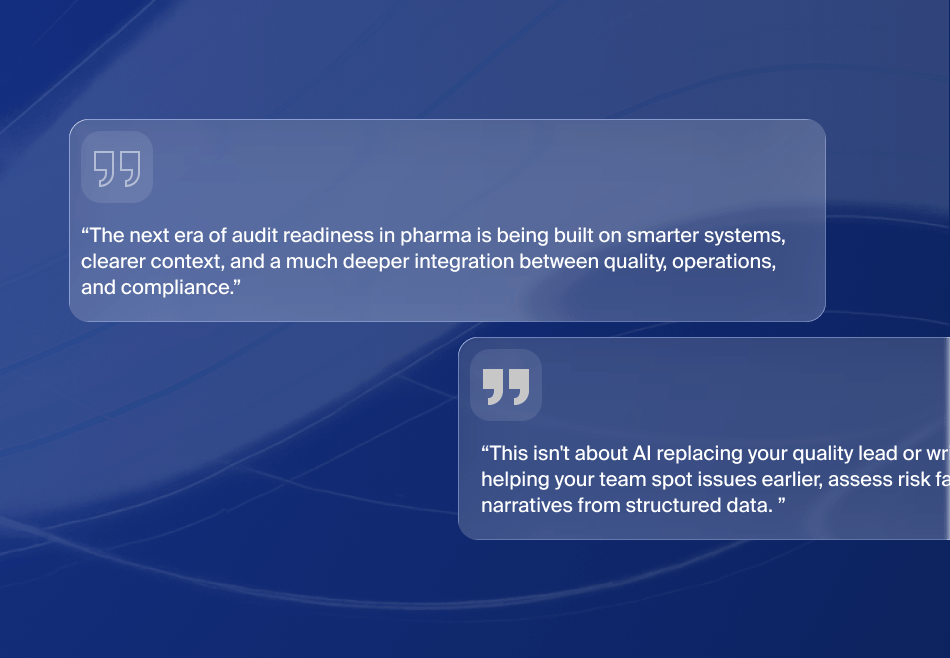At a Glance
- Cloud migration is one of the most prominent IT overhaul strategies that many companies need go through to become more agile.
- As often witnessed with any new technology (and its offerings), there are certain misconceptions about cloud computing, migration to the cloud and data security.
- To harness the most out of your company’s investment in the cloud, you need to understand the misconceptions and be able to see past them.
- Upper management needs to realise the significant business gains when moving to the cloud.
Agility and flexibility are perhaps two of the biggest drivers for companies looking to overhaul their IT infrastructure. For many companies, cloud adoption is an important step in that direction.
74%
of participant companies have moved a cloud-based app back on their premises after failing to see an anticipated return.
Source: HIS Markit
The upper management and IT departments of most companies often start with a vision of unlimited possibilities when they begin exploring the idea of integrating their IT strategy into the cloud, and often get discouraged because they buy into certain cloud myths and misconceptions. These myths can often poison an otherwise perfect vision, making it difficult to see the real benefit that migrating to the cloud can offer any business. From an early stage, it’s imperative to understand that simply transitioning to cloud computing is not a one-step-solution for better performance. You will need to make it work for you – and that’s the beauty of computing in the cloud, you can customize your experience to suit your unique business needs.
The first step is to dispel misinformation in some of the most commonly heard cloud computing myths.
7 Common Myths about Cloud
1.Cloud is All About Cost-efficiency: Many CIO’s we come in contact with have a notion about the cloud – that it is (or should always be) the cheaper option. Truely, when you compare CAPEX vs. OPEX, the cloud is most certainly a cost-effective option. Unfortunately, this is a somewhat layered and nuanced determination. It should be understood that the initial migration of workload to the cloud can be a very disruptive and resource-intensive process. There can be latency issues and if the entire strategy is not in place before the migration begins, these issues can multiply rapidly.
2.Everything in Cloud is Automated: The cost of skilled resources often gets forgotten when a company believes that the cloud can operate without interaction. While it is true that the cloud offers high levels of automation and many self-reliant features, there will still be a need for skilled professionals to manage the infrastructure. Additionally, simply managing and maintaining the cloud will continue to require human intervention.
3.Security on the cloud is not on par with in-house data centers: This is by far one of the most prevalent cloud myths that becomes a major sticking point and concern for CIOs. While data security is not something to be taken lightly, the fact is that cloud computing security issues only occur because of failure to adhere to regulations and governance guidelines. In fact, in recent years, cloud service providers (CSPs) have invested millions in strengthening their security capabilities.
Figure: 1Know Your Cloud Concerns: Myth or Fact?
4.Application-wise transition to cloud is the best way to go:A lot of planning goes into cloud adoption and migration strategies. However, a common misconception is that the transition needs to take place for each individual application. Doing it this way results in significantly higher costs for the company as they end up paying more for the in-house data centers and the CSPs to host the apps. The right way is to move entire business domains to the cloud at once.
5.The downtime in cloud migration will have a huge impact on business:While it’s true that any big transition can be intimidating, companies are most often apprehensive about migrating to the cloud because of the misinformation regarding downtime and other difficulties involved. This is one of the older myths, no longer applicable as the larger number of experienced service providers available to help companies smooth the transition all but eliminates this risk.
6.Cloud is yet to approach maturity:We may have all heard this by now, and we’ve been hearing it a long time – the benefits sound enticing, but the cloud is still at a nascent stage and the many disadvantages of cloud computing present red flags, but this is no longer entirely true. In fact, the rapid pace of new innovations when it comes to the cloud is because the cloud in fact has reached maturity, and will only get better from here.
7.Moving to the cloud can cost jobs:Cloud adoption often meets with resistance as there’s a big misconception that it will lead to resources becoming obsolete. Fortunately for us, this couldn’t be farther from the truth as the constant innovations in the cloud are actually paving the way for more opportunities for skilled professionals. In the future, we should see educational branches dedicated to training young coders and developers in shared, public and dedicated cloud environments.
Misconceptions can lead a company in the wrong direction. Knowledge about the cloud and understanding the benefits helps you discern the myths to unlock your business’s true potential. Modern cloud computing capabilities far outweigh the difficulties in cloud adoption and should support your vision every step of the way.
Key Takeaways
- Companies need to look at the cloud as a comprehensive step towards agility and flexibility and not simply as a cost-effective investment.
- Getting skilled professionals onboard is imperative to dispel cloud myths and get the maximum ROI.
Book a consultation on cloud migration.
References: Debunking seven common myths about cloud









